No, even Twitter Premium (X Premium) users can't see who's viewed their profile. You still only get anonymous numbers, not names. While X Premium offers additional analytics and features like longer posts and reduced ads, profile visitor tracking remains unavailable to all users. Twitter maintains this privacy standard across all account types.
Can You See Who Viewed Your Twitter Profile in 2025? Here's the Truth
We've all been there. Seeing a spike in profile visits drives everyone crazy. It makes everyone wonder: Who was it? A secret admirer? Your ex? That random account that keeps liking your tweets?
Twitter knows this curiosity drives people crazy. That's why they get millions of searches about profile viewers every month looking for the answer to the question: Can you see who viewed your Twitter profile?
To answer that question and help you learn a few useful tricks, we've created this quick guide that gives straight facts about how Twitter actualy works and offers a fresh view on what matters most when it comes to your Twitter presence.
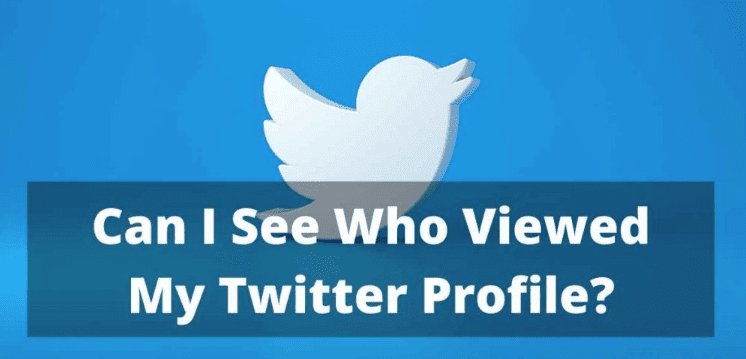
Can You Really See Who Viewed Your Twitter Profile or Tweets?
Let's get this out of the way: Twitter (or X) doesn't let you see who viewed your profile or tweets. Despite what those rumor mill notifications might suggest, the platform doesn't track individual viewers the way LinkedIn does.
What Twitter does offer is a metric called "profile visits"—a total count showing how many times people clicked through to your profile over the past 28 days. That's it. No names. No timestamps. Just a number.
Same goes for individual tweets. You can see view counts below your posts, which tell you how often a tweet has been seen. But again, zero detail on who actually saw it.
If you're hoping to find out whether that crush or your ex has been lurking, you're out of luck. What you get instead is a broad-strokes summary: this many people dropped by, but who? That remains a mystery.
Popular Myths and Fake Apps That Claim to Show Viewers
You've probably stumbled across headlines like "See who stalked your profile" or apps advertising themselves as "Twitter viewer checkers." They pop up everywhere—browser extensions, mobile apps, even flashy websites.
Here's what these apps don't tell you: they're all bogus. Twitter's API explicitly blocks access to profile visitor data, so if any random "Twitter Viewer Checker" or "Profile Spy" service tells you it knows who's been browsing your tweets, it's lying.
Most of these tools are often:
- Scams or phishing attempts: These tools bait you in with exciting promises, then harvest your personal details or redirect you to a malicious website.
- Designed to steal login info: Many mimic a Twitter login to get your username, password, and OAuth tokens. Some Android apps impersonate Twitter/X and grab credentials and read/write permissions without you realizing it.
- Breaking Twitter's rules: Twitter's API doesn't offer any viewer data, so apps that claim to pull that info are basically hacking, exploiting bugs, or flat-out faking it. Either way, they tend to shut down as soon as Twitter notices.
Warning: Never enter your Twitter credentials into a random app or browser extension that promises to show you profile visitors. It's almost always a scam, and in the worst case it could compromise your account or device. Always refer to official sources instead.
Real Tools That Show Twitter Engagement (But Not Viewers)
Alright, so you can't see who's been peeking at your profile, but that doesn't mean you're completely in the dark. There are some legit tools you can use to understand what's actually happening behind the scenes.
Although none of these tools reveal who's lurking on your profile, they can help you spot trends in your audience behavior, improve your content strategy, and grow your following the right way, all while maintaining strict compliance with Twitter's privacy policies.
Here are the real tools that actually work, and what they can (and can't) tell you:
1Twitter/X Analytics
The first tool you should start using is Twitter's built-in analytics dashboard. Basic post analytics are available to everyone, with bonuses for X Premium (formerly Twitter Blue) users. All you have to do is tap the little graph icon beneath any of your tweets to see tweet-level stats, no subscription needed.
If you have X Premium, you can access more in-depth information on your desktop by visiting https://x.com/i/account_analytics/. The interface presents your data in clean, visual graphs that make it easy to spot trends over time. Here's what you can track with X Analytics:
- Profile visits: How often people visit your profile page (total numbers only)
- Impressions: How many eyes saw your tweets
- Engagements: All interactions, likes, retweets, replies, clicks, follow-throughs
- Engagement rate: Engagements divided by impressions
- Follower growth: How your audience size changes over time
- Demographic data: Location, interests, etc.
2X Pro (TweetDeck)
X Pro, or TweetDeck, is an official desktop dashboard from Twitter that offers various tools for managing accounts and schedules. The tool offers insights like activity trends, notifications, and follower changes, and it can also help you plan, queue, and track how your tweets perform.
X Pro is only available to Premium users, but it comes with some pretty nifty features:
- Multi-column interface for tracking multiple feeds
- Advanced tweet scheduling capabilities
- Real-time monitoring of hashtags and keywords
- Team collaboration features
- Customizable alerts and notifications
3Followerwonk
Followerwonk is a Twitter-focused analytics tool owned by Moz that dives deep into your audience's behavior beyond basic metrics. Although it wont show your profile visitors, you can use it to
- Search followers' bios by keyword to understand who's in your tribe
- Analyze follower growth and churn over time
- Spot your most influential followers and their most active times
- Compare accounts and find audience overlap
The tool is perfect for users who want to optimize their posting schedule and understand their audience composition without crossing privacy boundaries.
4Hootsuite / Sprout Social
If you want to do more than basic Twitter analytics, you can use all-in-one social media managers (across X, Facebook, Instagram, etc.) like Hootsuite and Sprout Social. These platforms come with robust analytics features that help you:
- Schedule across platforms and manage posts from a central dashboard
- Track engagement and impressions across accounts
- Generate custom reports, compare content over time, and benchmark against other brands
- Social inbox features let you reply to comments and DMs without jumping apps
While these professional social media tools aggregate more data points than Twitter's native analytics, they're bound by the same API restrictions regarding profile visitors. Their real value lies in helping you refine your content strategy based on measurable engagement.
Workarounds to Guess Who Might Be Viewing You (Ethically)
It should be clear by now that there's no direct way to see who's visiting your profile. Still, you can make some educated guesses based on engagement patterns and Twitter's existing features.
Here are some smart ways to get a hint about who's checking out your profile, without breaking rules or resorting to sketchy apps:
- Pay attention to frequent engagers: If someone consistently likes, replies, or retweets your posts, they probably see your tweets often. While it doesn't confirm they're lurking without engaging, it's a solid hint that they're paying attention to your feed.
- Watch new followers after a big tweet: Say you post a tweet that takes off; check your follower list afterward. New followers could be folks who stumbled on that tweet and decided to stick around.
- Keep an eye on private Twitter Lists: If someone adds you to a private list, they're likely monitoring your tweets. You won't get notifications, but tools like TweetDeck or follower insights tools can help you spot lists you've been added to.
- Track "story"-style content engagement: If Twitter reintroduces Fleets or a similar feature, those who view your stories might surface in lists or impressions data
- Check quote tweets and mentions: Users who engage deeply (quoting your tweets or @-mentioning you) probably visited your profile to learn more about you
Want More Privacy on Twitter? Tips to Control Who Sees You
Even if hiding who visits you isn't possible, there's still plenty you can control with built-in Twitter controls. Here are some easy, powerful ways to control what others see, and who can interact with you:
- Switch to a private account: Protect your tweets so only approved followers can see them. You can flip your posts and videos to private by going to Settings > Privacy and safety > Audience and tagging.
- Limit who can reply or DM you: In privacy settings, you can choose who can reply to your tweets (everyone, only followers, or mentioned users) before posting.
- Mute or block suspicious accounts: Quietly remove unwanted followers or completely block them without them knowing via the three-dot menu on their profile.
- Turn on safety mode: This feature temporarily blocks users who engage in harassment or repeatedly spam your mentions. It runs automatically, so you can take a break from negativity.
- Lock down discoverability: Under Settings > Privacy and safety > Discoverability and contacts, turn off settings that let others find you using your email or phone number. That keeps you off random recommendation lists.
Conclusion: Here's What You Can (and Can't) Know
At the end of the day, Twitter doesn't offer a way to see who's been browsing your profile or tweets, and that's unlikely to change anytime soon.
But here's the good news: you can still get a solid sense of what's resonating with people using legit analytics tools for real insights, and privacy tools to stay in control.
So rather than chasing ghosts (or resorting to fake apps that may steal you data), focus on what really matters—what content sparks conversation, builds your follower base, and keeps you feeling safe online.
FAQs
No. Business accounts can access aggregate metrics like total profile visits and basic demographic information (like general location or interests), but they can't see which accounts visited. The data is designed for content strategy, not individual tracking.
Your visit remains completely anonymous. Twitter does not notify users about who viewed their profile, nor does it record or display this information in any analytics. You can browse profiles without worrying about leaving digital footprints; the same privacy applies when others view yours.



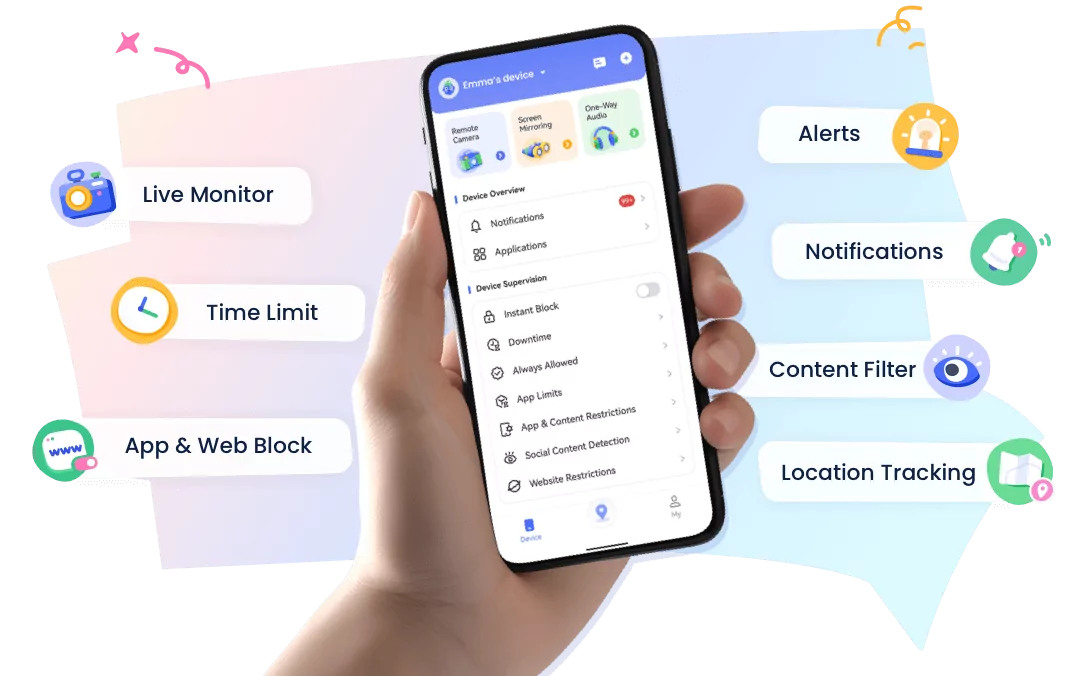





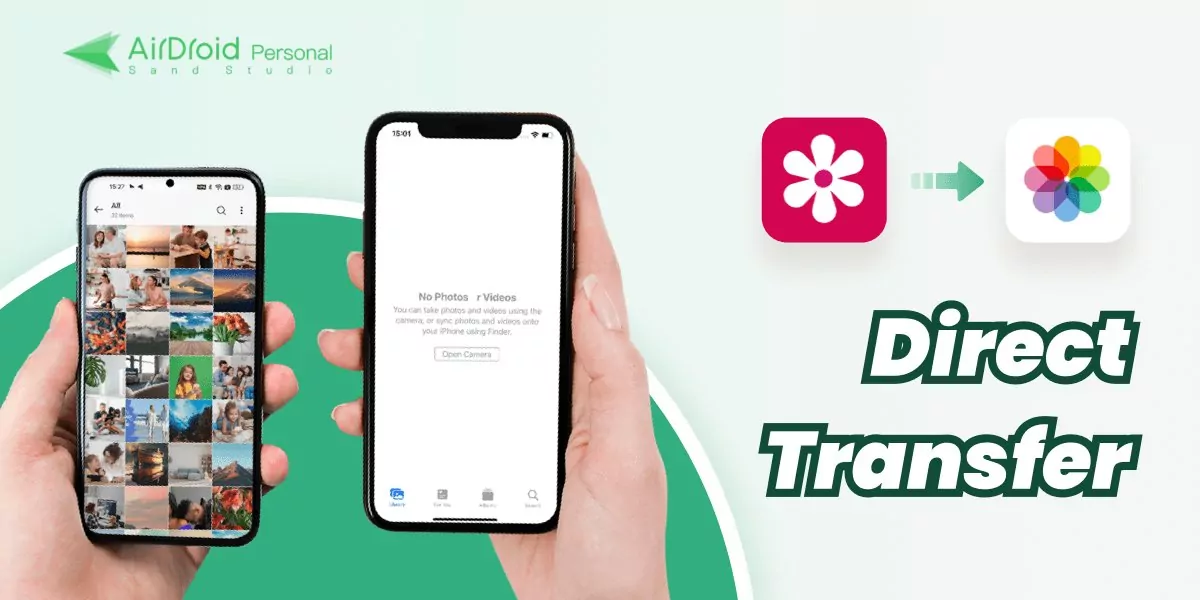

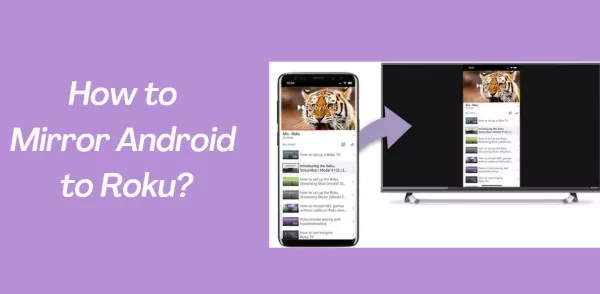

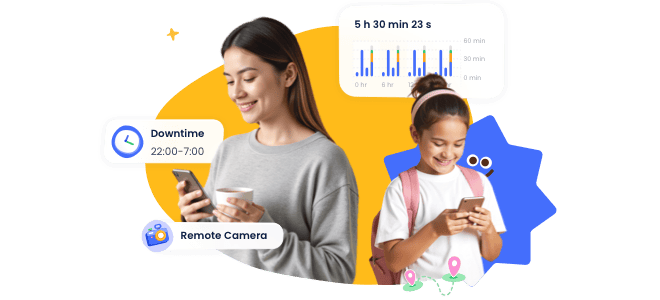

Leave a Reply.